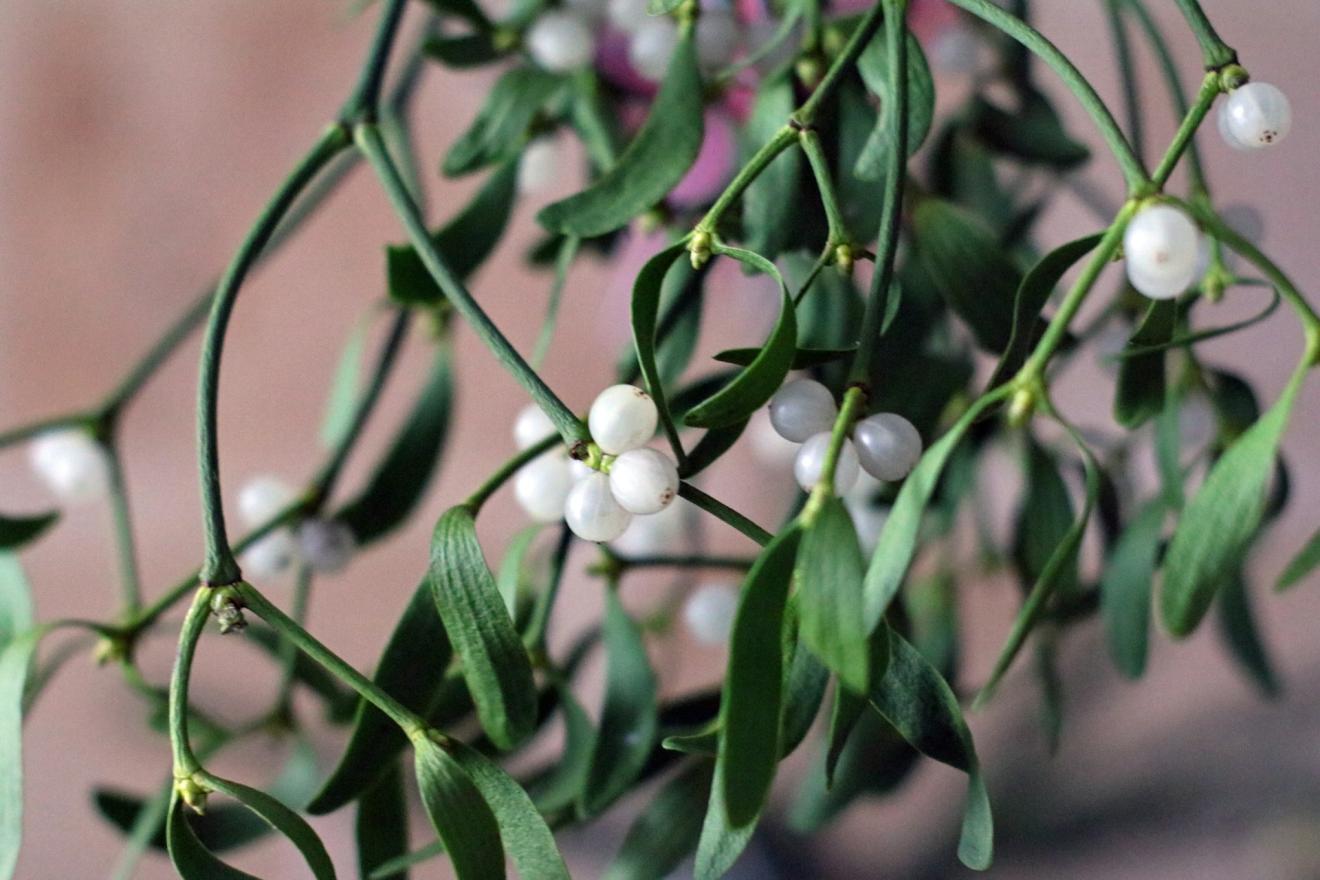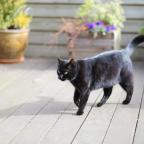
Festive plants that can be harmful to our pets
Decorating our houses with greenery for the festive season has been a tradition for hundreds, if not thousands, of years. But many of the plants we love to bring into our homes at this time can actually be harmful to our pets.
PDSA Vet Nurse Shauna Walsh said: “Various plants can be harmful or toxic if eaten, and our pets don’t always understand what’s edible and what isn’t. Pets can sometimes eat things by accident too, so to be on the safe side it’s best to keep any plants high up and well out of reach. But remember, cats can climb! So, it may be best to avoid any potentially harmful plants completely.
“With some plants, only certain parts such as the leaves or flowers are dangerous to our pets, but often the entire plant is harmful. Seeds, bulbs and berries are usually the most poisonous parts, while stems are often less risky. Leaves can be dangerous too – sometimes more so when they’re green and fresh, but some stay poisonous even after they’ve dried or fallen. And don’t forget that curious pets can dig up bulbs and seeds from underground!
“Not all pets react to toxic plants in the same way – one animal may become very ill, while another might show no symptoms at all. To keep your pet safe, it’s best to avoid poisonous plants altogether, no matter how toxic they are.
“Many plants will only cause mild problems, such as an upset stomach – especially if your pet eats a lot of them or has a sensitive tummy. But some plants can cause much more serious symptoms. These include Autumn Crocus, Azalea/Rhododendron, Cotoneaster, Cordyline/Dracaena, Daffodils, Dumbcane, Horse Chestnut, Oak, Peace Lilies, Potato plants, and Yew.
“For many plants, the amount your pet eats is important – the more they swallow, the more likely it is to cause illness. However, with highly toxic plants, even a very small amount can be dangerous.
“Because different plants grow and flower at different times of the year, it’s important to be aware of the risks that each season brings. With so many plants around, it can be difficult to know which ones could be dangerous for your pet.
PDSA has compiled a list of plants traditionally used for festive decorations that could be harmful to pets:
-
Amaryllis (Hippeastrum species): A popular house plant often given as a gift at this time of year. Although part of the lily family, this plant contains toxins more similar to those found in the narcissus (daffodil) family. All parts of the plant are toxic if eaten.
-
Holly (Ilex species): Often used in decorations, the berries are the most toxic part, but the leaves also contain some toxins.
-
Ivy (Hedera species): Popularly used as festive greenery, the leaves of ivy are actually more toxic than the berries.
-
Cherry laurel (Prunus laurocerasus): Sometimes used in wreaths and other decorations, all parts of cherry laurel are toxic if eaten and it becomes more toxic as the plant wilts. It’s also worth noting that this plant can look very similar to Laurus nobilis – commonly known as bay, the leaves of which are widely used as flavouring in cooking. Bay leaves are also toxic to dogs and cats, so it’s important to keep these well out of reach of pets.
-
Mistletoe (Viscum album): traditionally hung up to encourage cheeky Christmas kisses! The berries are particularly toxic if ingested.
-
Yew (Taxus baccata and related species): Again, sometimes used as festive greenery. Unexpectedly, the flesh of the red berries (known as aril) of the yew is actually not poisonous – it’s the leaves, bark and seeds that hold the danger hereas they are extremely toxic. Eating just a handful of yew needles could be fatal for both animals and humans.
-
Poinsettia (Euphorbia pulcherrima). A popular festive gift and houseplant, with distinctive red bracts over green leaves. All parts of the plant are mildly toxic if eaten, but the sap can also irritate the skin if exposed.

Shauna advised: “The toxic severity of these plants ranges from mild to extreme, but nobody wants their pet to become unwell, particularly over the holidays. So, if you have pets, consider keeping these plants out of your home completely. That way you’ll have peace of mind knowing that no accidents can happen in your absence.”
If your pet does eat part of a toxic plant, the symptoms vary depending on the plant and what was eaten, but could include:
-
Drooling
-
Vomiting
-
Low energy
-
Diarrhoea
-
Drinking or weeing more
-
Struggling to breathe
-
Pale gums
-
Twitching
- Unsteady walk
-
Tremors or seizures (fits)
- Skin irritation
- Pawing at their mouth or head shaking due to mouth irritation
If you spot any of these symptoms, or even just suspect your pet has eaten something they shouldn’t, don’t wait for symptoms to appear - call your vet straight away. It may help if you can bring a part of what your pet has eaten with you. Even if you don’t see any immediate symptoms, it’s better to be safe than sorry. Your vet will usually ask you to identify the plant and let them know how much you think your pet has eaten. They may advise you to monitor for specific symptoms or to bring your pet in to be examined.
For more information, visit www.pdsa.org.uk/PoisonousPlants







